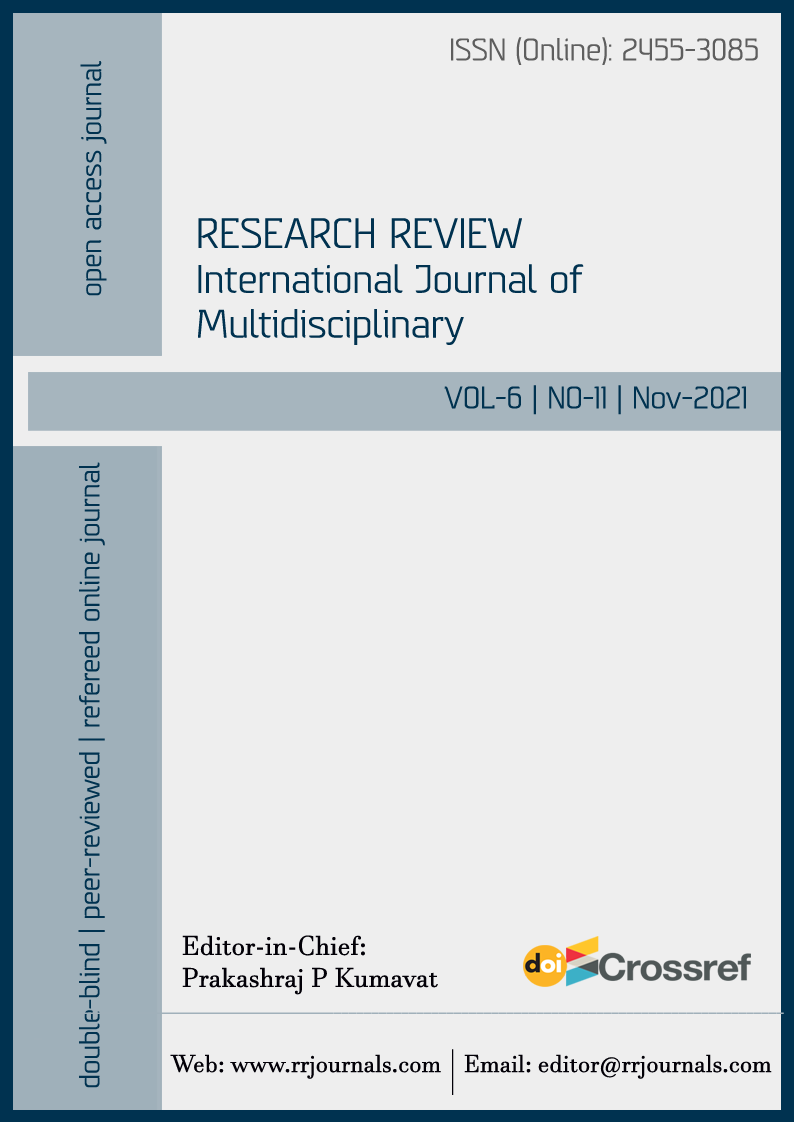The Influence of Physical Activity on Academic Achievement Among Undergraduate Sports Psychology Students: A Case Study in Kabaddi
DOI:
https://doi.org/10.31305/rrijm.2021.v06.i11.017Keywords:
Game, Enriches, Endurance, Flexibility, FeaturesAbstract
As civilization progressed, an increasing emphasis was placed on various aspects of well-being, including health, education, and recreation, in addition to the fundamental necessities of food, shelter, and clothing that were essential in the past. The evolution of civilization brought forth notable advancements in education. The traditional concept of education primarily focused on discipline, instruction, and formal schooling, aimed at imparting knowledge in specific areas of study to cultivate expertise. This traditional model of education was predominantly structured and confined to the years spent within educational institutions. In contrast, the modern concept of education places great importance on providing a broad range of experiences to individuals, both through formal and informal means. It acknowledges education as an ongoing, lifelong process that extends beyond the confines of the school environment. Notably, the contemporary approach underscores the significance of co-curricular experiences alongside traditional curricular activities. These formal and informal educational experiences significantly shape the learning process in individuals and contribute to their personal development. As a result of these multifaceted learning experiences, individuals develop enhanced eye-hand coordination and quicker physical responses. The concept of reaction time is psychologically centered, incorporating factors such as estimated energy and spatial considerations. In Kabaddi, players' physical movements are closely linked to their opponents, and they must coordinate effectively with their teammates. This dynamic sport often involves individual challenges, particularly between the raider and the opposing group of seven players, who collectively form a combative unit.
References
Åberg, M. A., Pedersen, N. L., Torén, K., Svartengren, M., Bäckstrand, B., Johnsson, T., ... & Kuhn, H. G. (2009). Cardiovascular fitness is associated with cognition in young adulthood. Proceedings of the National Academy of Sciences, 106(49), 20906-20911.
Active Education(2009). Physical Education, Physical Activity and Academic Performance, Active Living Research,Summer: 6
Active Education (2015). Growing Evidence on Physical Activity and Academic Performance Produced with funding from the Robert Wood Johnson Foundation. Active Living Research.4,29.
Aktop, A. (2010). Socioeconomic status, Physical Fitness, Self-Concept, Attitude toward Physical Education, And Academic Achievement Of Children 1, 2. Perceptual and motor skills, 110(2), 531-546.
Downloads
Published
How to Cite
Issue
Section
License

This work is licensed under a Creative Commons Attribution-NonCommercial 4.0 International License.
This is an open access article under the CC BY-NC-ND license Creative Commons Attribution-Noncommercial 4.0 International (CC BY-NC 4.0).



